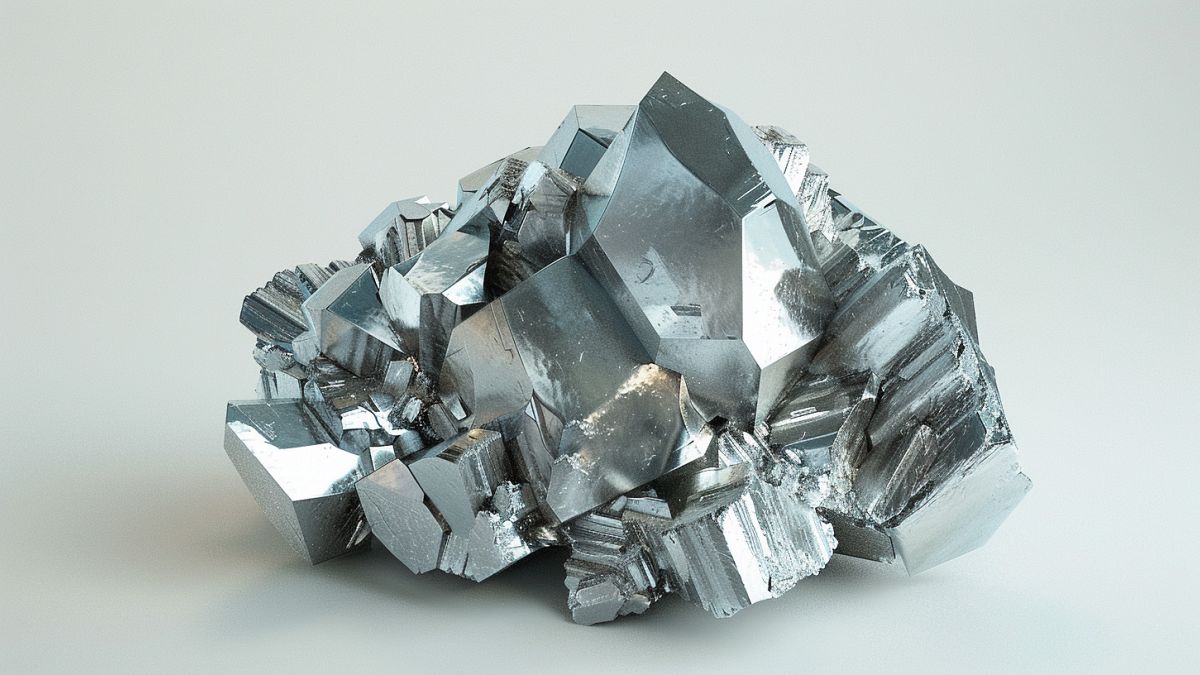
Now dubbed "New Kazakhstan," the deposit is said to have almost 1 million tonnes of cerium, lanthanum, neodymium and yttrium, elements used as components in devices such as smartphones, digital cameras and computer hard disks.

Scientists have uncovered a surprising role for calcium in shaping the building blocks of life.

Researchers have discovered that the underside of the North American continent is dripping away in blobs of rock—and that the remnants of a tectonic plate sinking in Earth's mantle may be the reason why.

"Half ice, half fire" is notable not only because it has never been observed before, but also because it is able to drive extremely sharp switching between phases in the material at a reasonable, finite temperature.

In a controversial experiment, a team of physicists investigated whether we could harness the Earth's rotational energy to generate electricity.

New research out of Stanford University adds a “striking” new twist to an existing theory about how life may have began on our planet, involving the occurrence of microlightning in tiny water droplets.

On the night of May 19, 2022, two Chinese astrophotographers, Angel An and Shuchang Dong, captured a spectacular display of over one hundred red sprites over the Himalayas.

A small international team of nanotechnologists, engineers and physicists has developed a way to force laser light into becoming a supersolid.

The nickname “old continent” has never been more appropriate for Europe, which doesn’t seem to show any sign of recovery from the demographic crisis of recent years. The European birth rate is reaching new lows every year.

Researchers say the 3.47-billion-year-old meteorite impact crater could help explain how life on Earth began.

Continent-sized structures of mineral protruding from the lower mantle towards Earth's outer core may be contributing to an instability of our planet's magnetic field.
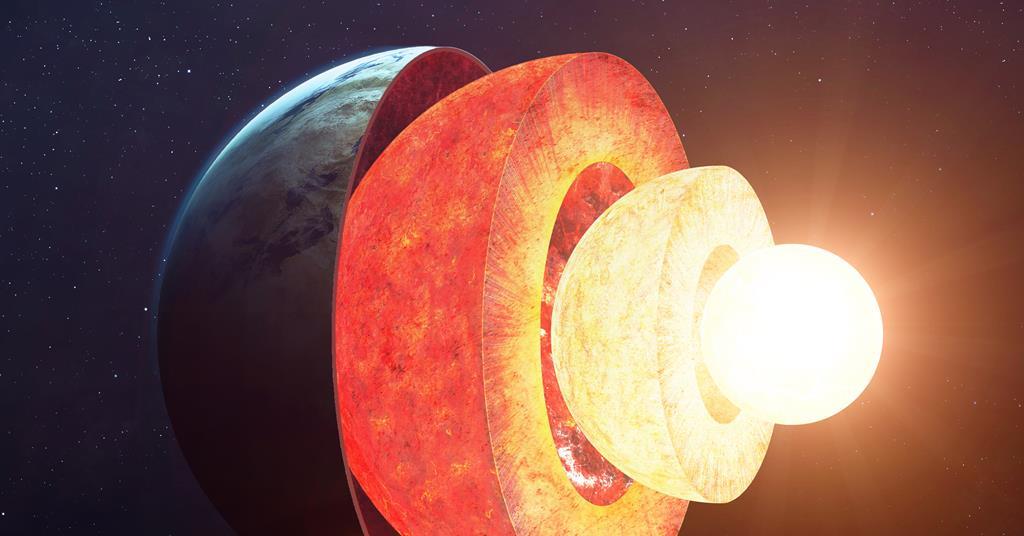
In the new work, Hirose and colleagues at other institutions in Japan and Taiwan propose that the iron core of the Earth formed bonds with helium, allowing the core to act as a reservoir.
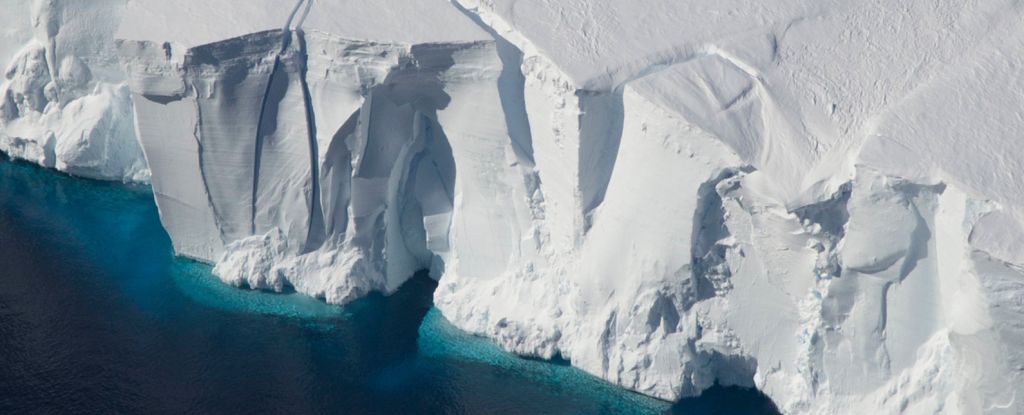
New research has demonstrated the precise relationship between past ice ages and each wobble, tilt, and angle of the planet's path, unlocking a new tool for predicting the future fluctuations of our global climate.
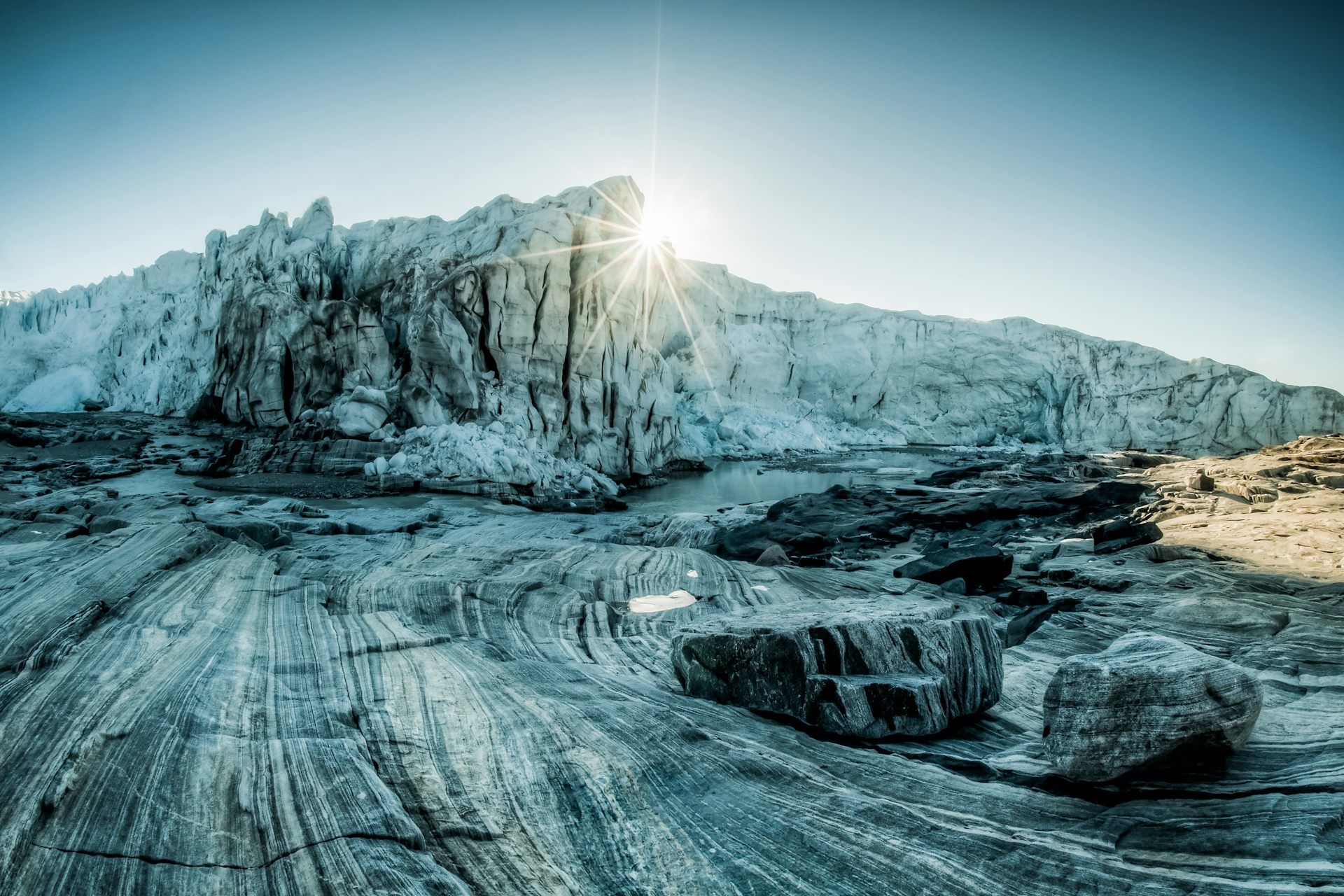
Hundreds of millions of years ago, rocks crushed under kilometres of ice injected vital nutrients into Earth's oceans.
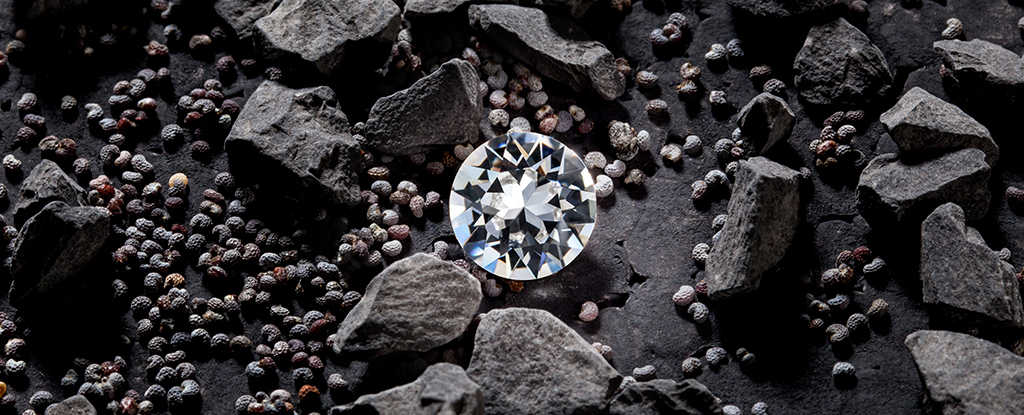
The team put graphite under an intense amount of pressure, before heating it to 1,800 K. The newly produced diamond has a hardness of 155 gigapascals (GPa). Natural diamond, by comparison, tops out at around 110 GPa in hardness.